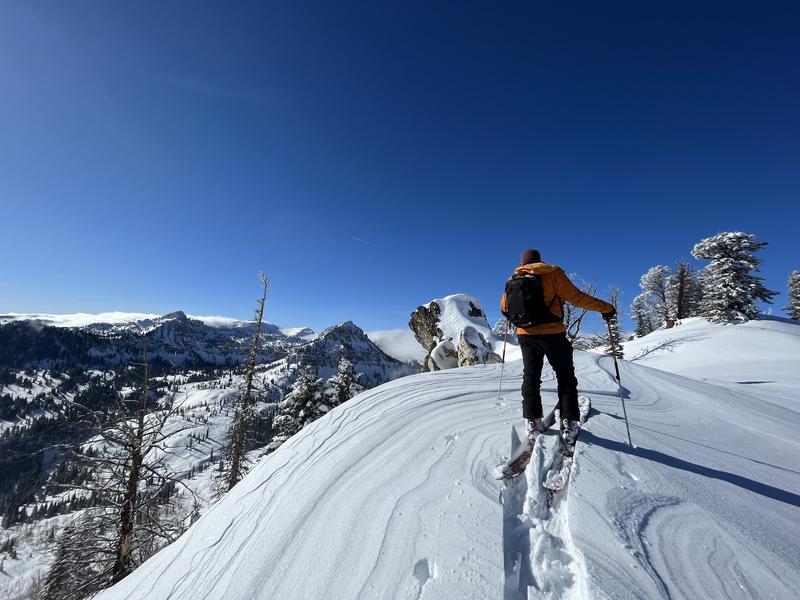Forecast for the Logan Area Mountains

Issued by Toby Weed on
Friday morning, January 20, 2023
Friday morning, January 20, 2023
You'll find very nice powder conditions in the backcountry today. The snow is deep and stable on most slopes, avalanches are generally unlikely, and the danger is LOW. Exceptions and areas with MODERATE danger exist in some upper elevation terrain where human-triggered avalanches of wind-drifted snow are possible.
Keep an eye on your partners, travel one at a time in avalanche terrain, and have a plan if an avalanche were to happen.

Low
Moderate
Considerable
High
Extreme
Learn how to read the forecast here









